Ford Unveils “Simulated Manual Transmission” Patent to Reignite Driving Pleasure in Electric Vehicle
 LienApr 02, 2025, 10:32 AM
LienApr 02, 2025, 10:32 AM
【PCAuto】As electric vehicles (EVs) steadily gain mainstream acceptance, the unique driving pleasure of traditional gasoline cars has become a focal point for technological innovation among automakers. Ford has recently revealed a “simulated manual transmission” patent aimed at recreating the manual shifting experience of gasoline vehicles through electronic technology.
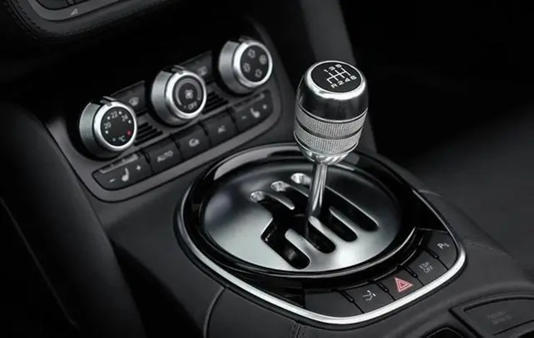
Ford's patent design revolves around hardware simulation and electronic feedback. Its core components include actuators, a vertical drive rod, a linkage rod, and a motor, which collectively replicate the physical operation logic of a traditional manual transmission through a mechanical structure. When the gear shift lever activates the actuators at different positions, electronic signals are transmitted to the power controller, dynamically adjusting the motor power output to simulate the power interruption and torque changes experienced during a gear shift in a gasoline vehicle.
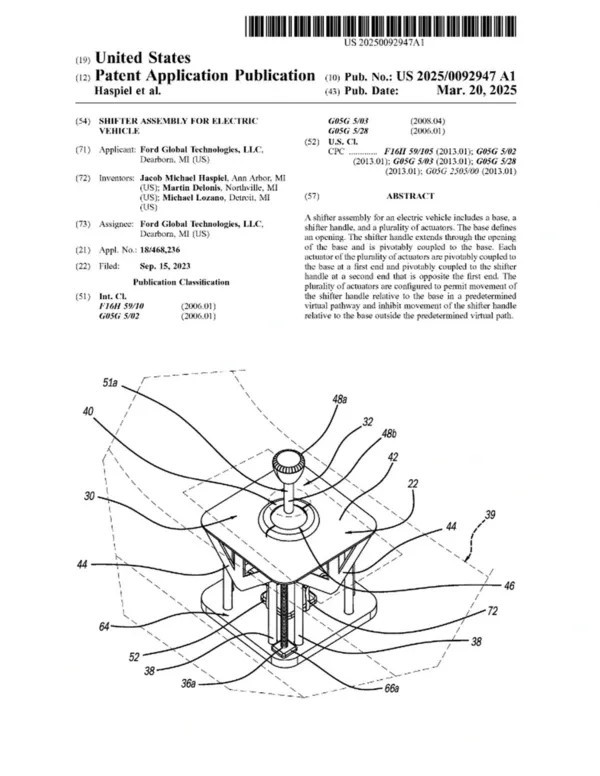
To enhance the immersive experience, the system is equipped with a force feedback module that uses a mini motor to mimic the vibration frequency of a V8 engine, creating a “retarding force” akin to the feel of a mechanical transmission during shifting. When users select the automatic mode, the shifting device can retract completely into the floor, maintaining a minimalist interior space. This “concealable” design balances practicality with a sense of occasion, catering to the operational needs of manual transmission enthusiasts while avoiding the spatial encumbrance of a traditional gear lever.
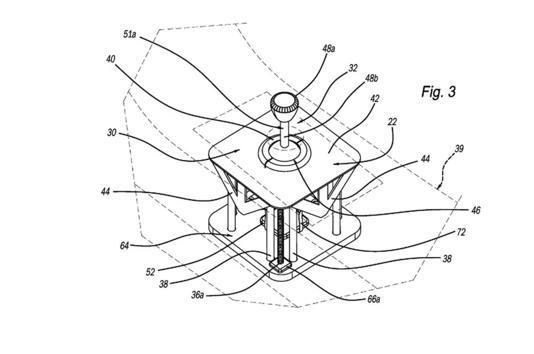
Ford's targeted user base clearly directs manual transmission enthusiasts. This group demands high levels of driving interactivity, and the linear acceleration characteristics of electric vehicles with single-speed transmissions are often perceived as lacking "soul." By replicating the mechanical feel and power changes of gear shifting, Ford aims to alleviate the psychological gap some users may feel when transitioning to EVs, thus expanding market penetration for electric models.
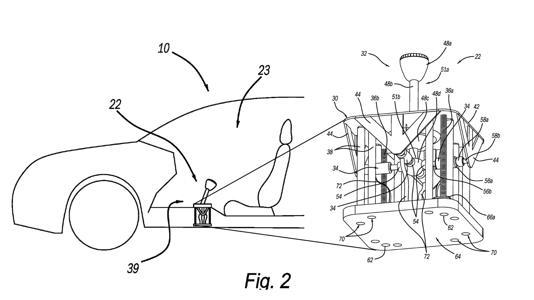
Competitor strategies shows that several automakers are exploring similar avenues. The Hyundai IONIQ 5N features simulated paddle shifters that provide a shifting rhythm akin to a dual-clutch transmission; Toyota is testing gear levers with virtual clutches in the Lexus RZ prototype to more closely mimic real manual operation; while the Porsche Taycan and Audi e-tron GT enhance power response through dual-speed transmissions. Ford differentiates itself by deeply integrating mechanical gear shifts with electronic simulation, with its retro design and force feedback system potentially becoming unique selling points for high-performance electric models, such as the all-electric Mustang or an electric "hot hatch."
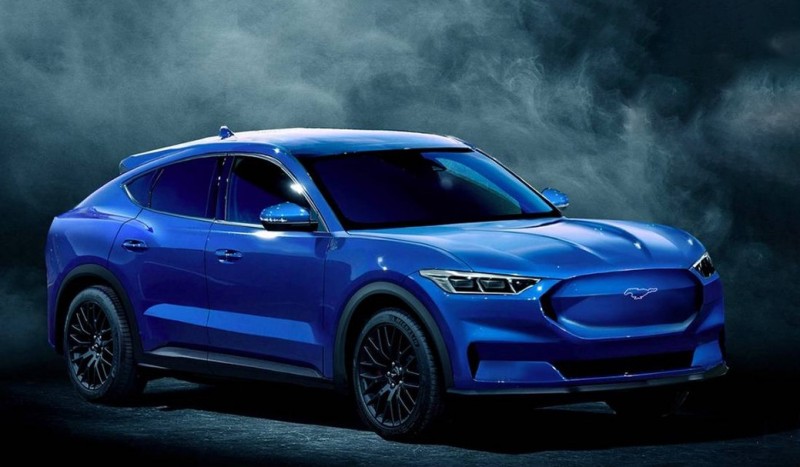
Despite submitting the patent over 18 months ago, Ford has yet to announce any concrete plans for mass production. Technical challenges primarily stem from balancing cost control with user experience: the hardware complexity of the simulation system may lead to increased manufacturing costs, while some consumers question whether such designs represent an "imagine demand"—since the lack of shifting in electric vehicles is inherently part of their efficiency advantage, adding shifting steps could potentially degrade acceleration performance. Moreover, global sales of manual transmission vehicles continue to decline, making it crucial to accurately position the user group in this niche market for successful commercialization.
Ford’s endeavor reveals the deeper contradictions inherent in the automotive industry during this transformational period: how to preserve the driving culture of the mechanical age amidst the shift to electrification. This patent is not merely a technical solution but also a strategy for emotional connection. By transplanting the ritualistic aspects of traditional driving into electric vehicles, automakers seek to forge new user identities and alleviate the consumer anxieties stemming from technological change.
Looking ahead, as software-defined vehicle technologies evolve, simulated manual transmissions could become customizable features. For instance, users might adjust shift resistance, vibration frequency, or even simulate the characteristics of different eras of transmissions, shifting the driving experience from mere functionality to emotional resonance. This kind of innovation could give rise to new dimensions of market competition, pushing electric vehicles to evolve from mere modes of transport into engaging driving machines.
If any infringement occurs, please contact us for deletion
Trending News

BYD Sealion 7 is not only cheaper than Tesla Model Y, what other differences do they have?
Is it better to buy the BYD Sealion 7 or the Tesla Model Y? This really makes one a bit hesitant, but before you make a decision, I recommend you take a good look at this article.

2026 Toyota Hilux Travo released, the brand-new exterior and interior are highly anticipated
If you're considering buying a Hilux, honestly, the comprehensive innovations in the ninth generation are worth waiting for. While the current model might still have some advantages in terms of reliability and price, the new model offers significant changes in terms of exterior and interior luxury, tech features, and powertrain options.

In Malaysia, which sliding door MPVs are available?
The numerous advantages of sliding door MPVs make many people fond of this type of vehicle. However, MPVs are not a mainstream choice in the car market, so many people might not know which MPVs are available domestically.

Jaecoo J7 VS Honda CR-V, which is the most worthwhile C-Segment SUV to buy
With an exterior that closely resembles a Land Rover, Jaecoo J7's sales experienced several months of rapid growth but have recently slowed down. Perhaps the market is nearing saturation, as Jaecoo J7 has already surpassed the once-dominant Honda CR-V in the C-Segment SUV category.

Which one is better, Honda City or Toyota Vios?
When choosing a compact sedan, Honda City and Toyota Vios are often two options that make people weigh repeatedly. You might be attracted to the dynamic design of the Vios but also be captivated by the City.
Popular Cars
Model Year
Car Compare
Car Photo

